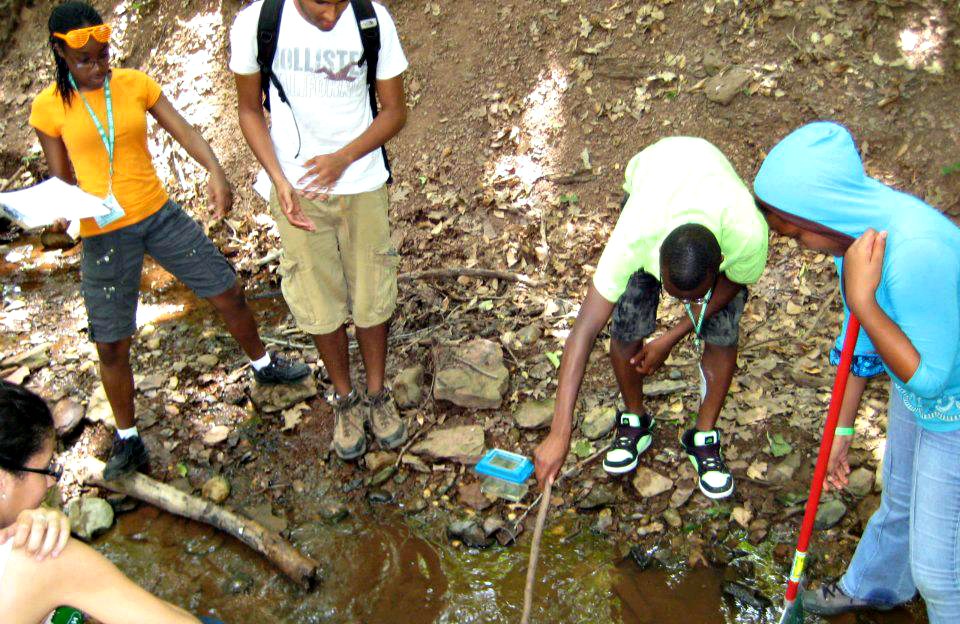BTN.com LiveBIG Staff, August 13, 2017
If you took the earthier parts of summer camp and combined them with college-level learning, you'd end up with something like Rutgers' annual 4-H Summer Science Camp.
This summer, for the eighth year in a row, Rutgers brought high-school-aged youth, STEM learning and #dormlife together. The five-day program began in 2009 and has expanded to become an ambassador program so students take what they've learned and expand on it long after camp is over.
Like most camps, there are opportunities to get dirty, explore forests or jump in the water. But unlike most camps, these students will take what they find back to a lab, a professor or a classroom and search for the underlying science behind what they're experienced and seen.
The goals of the program are two-fold: to introduce the underpinnings of STEM subjects to youth from underresourced communities and to expose participants to higher education and campus experiences. The thinking is that this will encourage more high schoolers to consider technical careers (particularly during an age when their interest wanes) and continue education beyond K-12.
In a report from New Brunswick Today about this year's camp, one of the organizers spoke about the goals of the ambassador program.
?Every year we have 6 or 8 excelling students who were in the program a year ago to return and be a mentor. The ambassadors give presentations on what they have done since last summer and provides the students with the expectation of what it looks like if you are doing that kind of outreach well,? said Ripberger.
Rutgers New Jersey Experimental Station talked about several of the projects students worked on this year. In one:
Students collected information about trees that had been felled by Superstorm Sandy. With a mobile app, a tape measure, a compass-and some knowledge from a tree expert-they collected data on the types of trees that fell, their diameter, their height and the direction of the winds that knocked them down. The data that was recorded in the app helps scientists understand what happens in forests when storms hit.
Check out photos and video from last year's Summer Science Program in this report from IndyStar.com.







